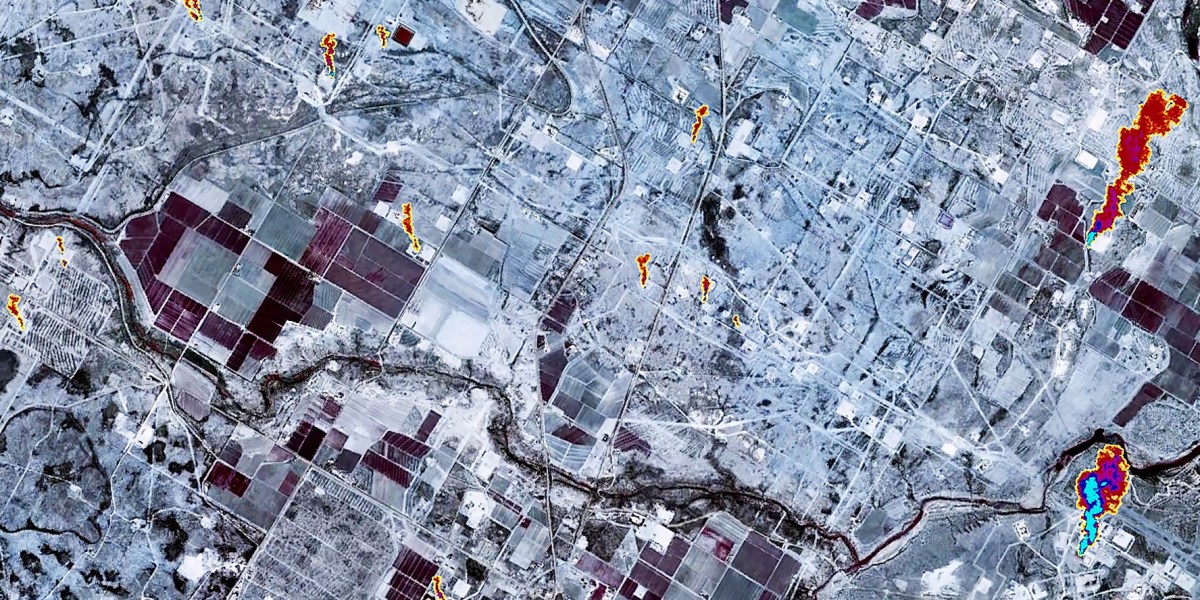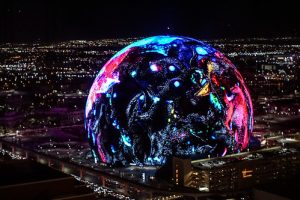Why methane emissions are still a mystery

The key is contrails, thin clouds that planes produce when they fly. Minimizing contrails means less warming, and changing flight paths can reduce the amount of contrail formation. Read more about how in the latest from my colleague James Temple.
Keeping up with climate
New rules from the US Securities and Exchange Commission were watered down, cutting off the best chance we’ve had at forcing companies to reckon with the dangers of climate change, as Dara O’Rourke writes in a new opinion piece. (MIT Technology Review)
Yes, heat pumps slash emissions, even if they’re hooked up to a pretty dirty grid. Switching to a heat pump is better than heating with fossil fuels basically everywhere in the US. (Canary Media)
Rivian announced its new R2, a small SUV set to go on sale in 2026. The reveal signals a shift to focusing on mass-market vehicles for the brand. (Heatmap)
Toyota has focused on selling hybrid vehicles instead of fully electric ones, and it’s paying off financially. (New York Times)
→ Here’s why I wrote in December 2022 that EVs wouldn’t be fully replacing hybrids anytime soon. (MIT Technology Review)
Some scientists think we should all pay more attention to tiny aquatic plants called azolla. They can fix their own nitrogen and capture a lot of carbon, making them a good candidate for crops and even biofuels. (Wired)
New York is suing the world’s largest meat company. The company has said it’ll produce meat with no emissions by 2040, a claim that is false and misleading, according to the New York attorney general’s office. (Vox)
A massive fire in Texas has destroyed hundreds of homes. Climate change has fueled dry conditions, and power equipment sparked an intense fire that firefighters struggled to contain. (Grist)
→ Many of the homes destroyed in the blaze are uninsured, creating a tough path ahead for recovery. (Texas Tribune)




